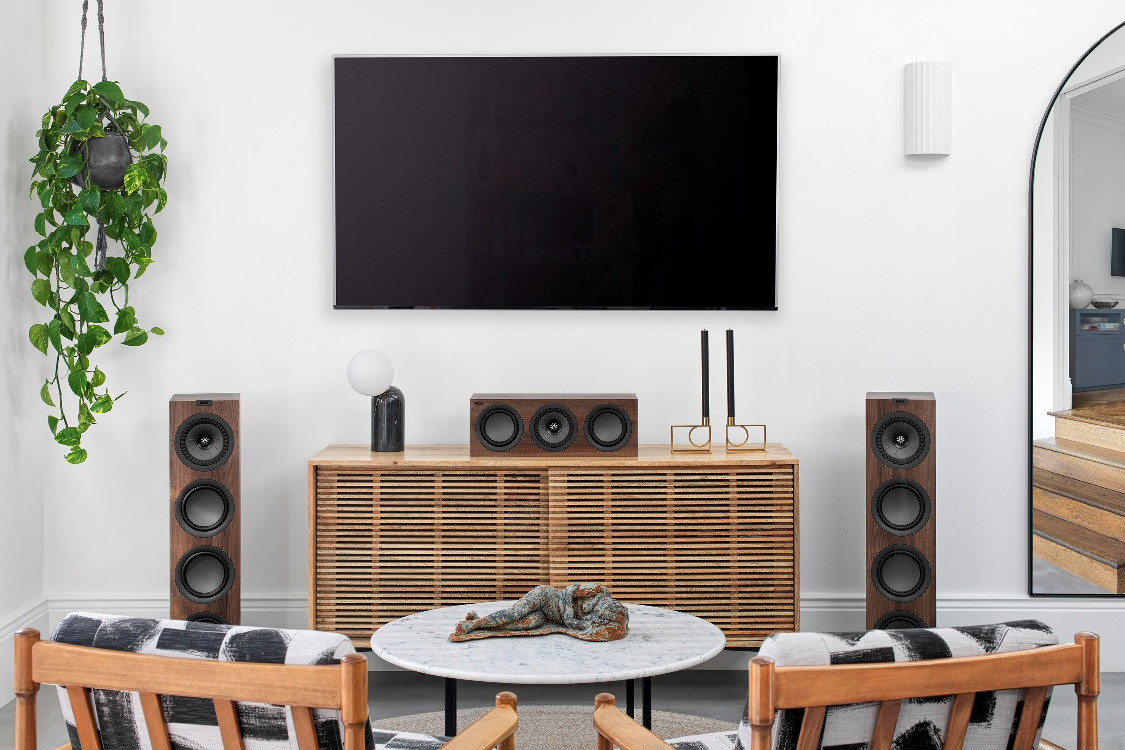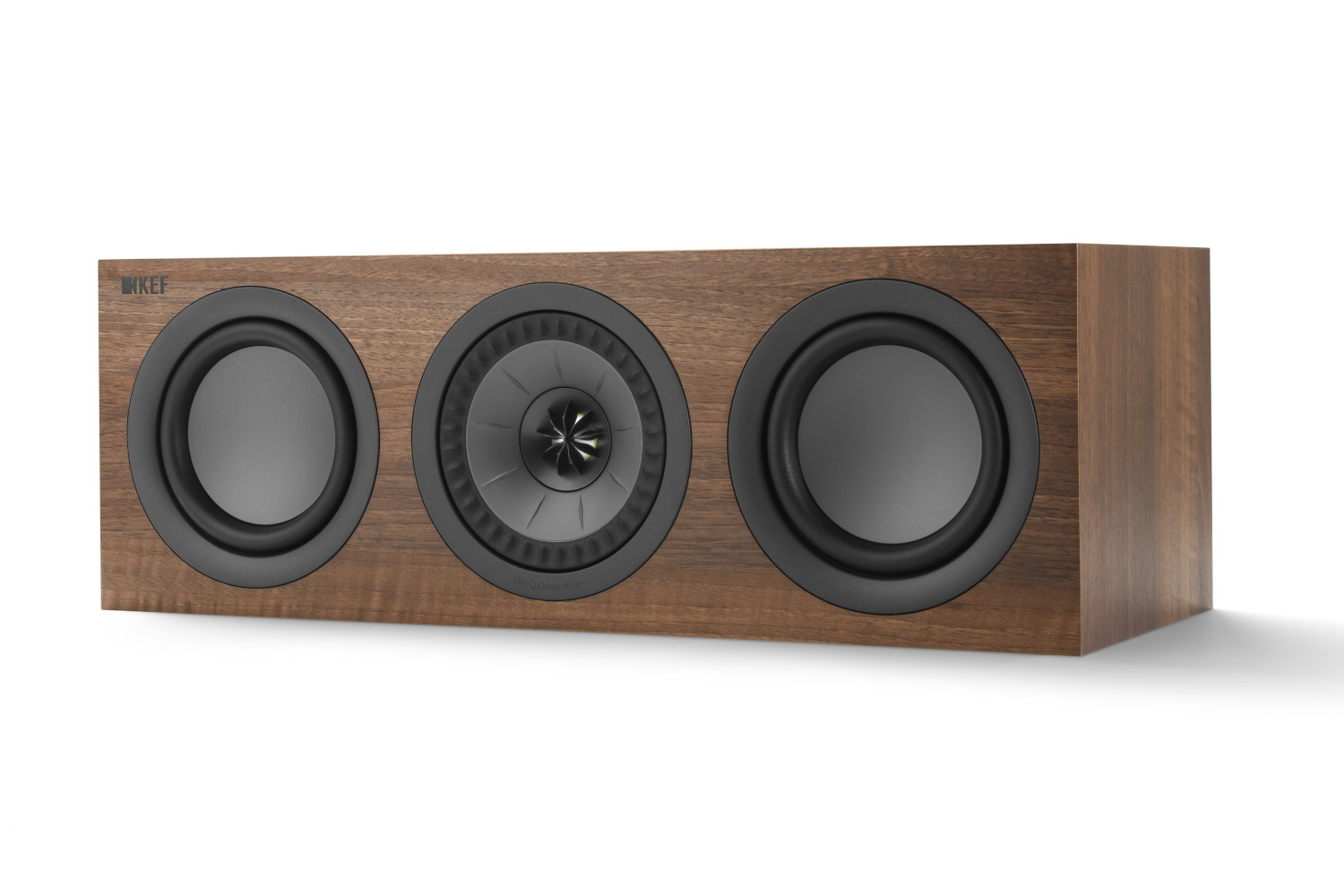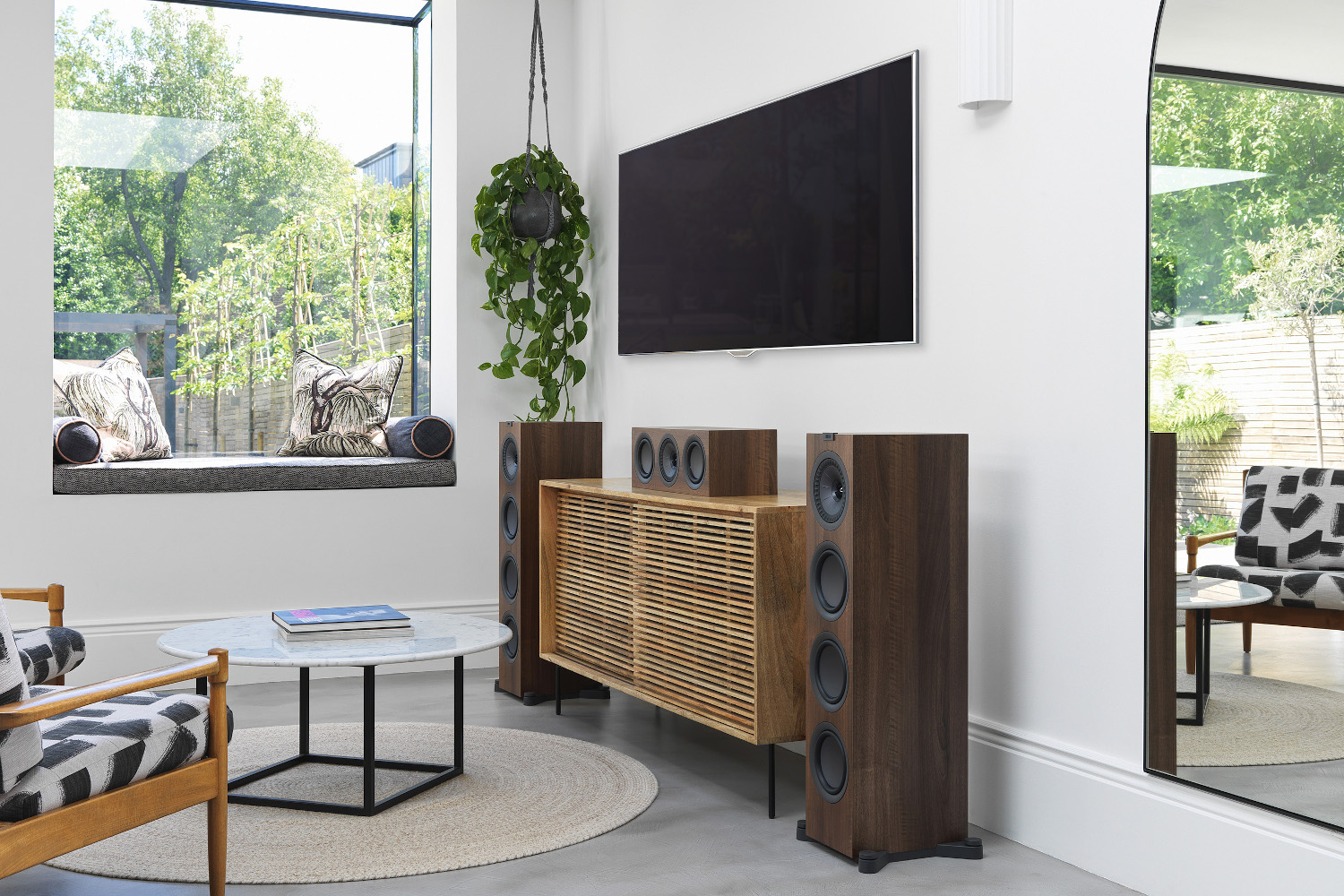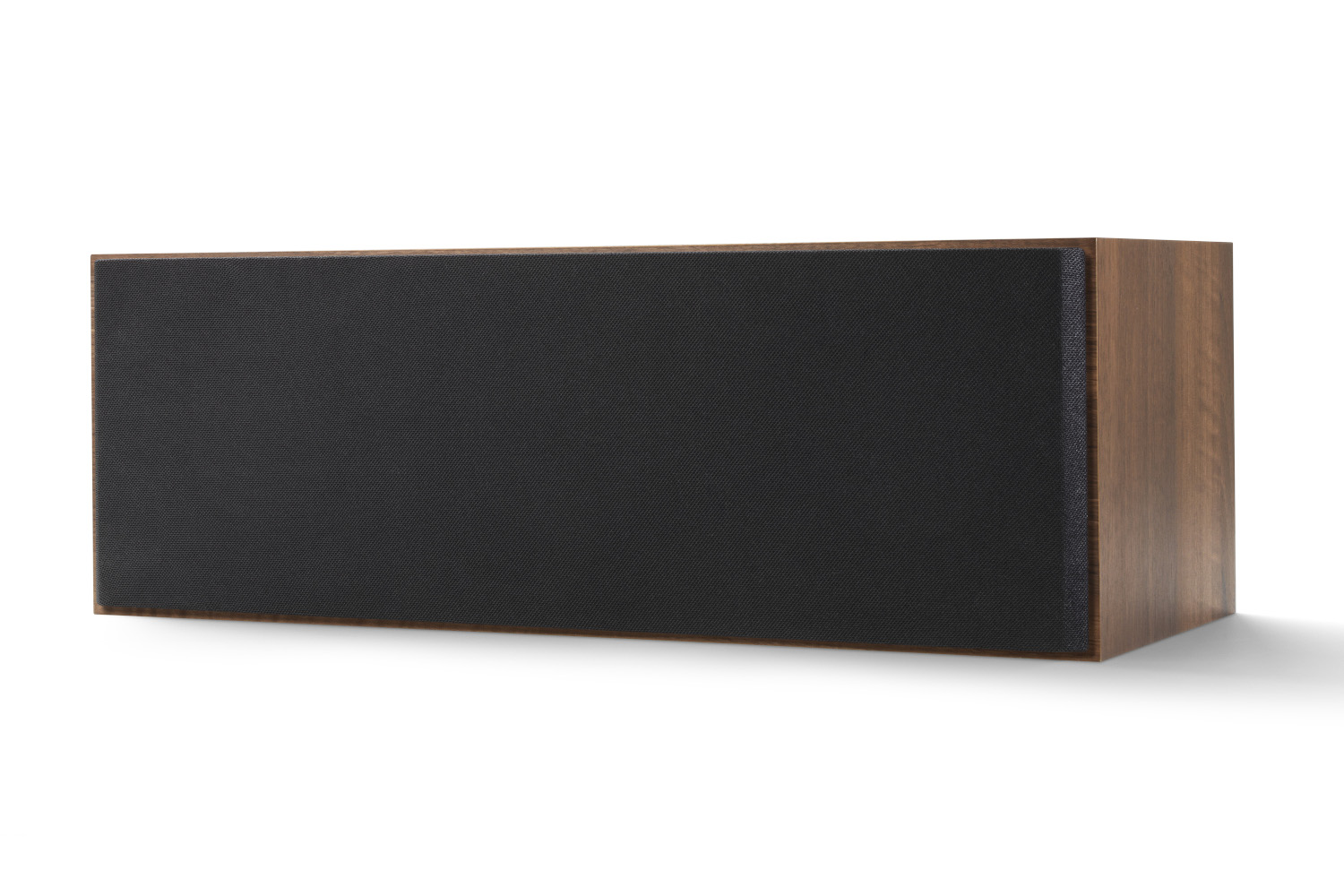Home theater speakers, especially those that are small enough to be considered bookshelf speakers, ought to be versatile enough that you can place them in a variety of spots and still expect that they will look and perform brilliantly. This isn’t always the case. The size of these speakers, their acoustic design, and sometimes even the choice of cabinet materials can all limit where and how you install them. Not so with KEF’s new Q250c, the eighth generation of the company’s award-winning Q-series, which goes on sale Monday for $600 each.
The Q250c is a thoughtful acknowledgment that for some, the powerful performance of the company’s Q650 center channel speaker is overshadowed by the constraints that a large-cabinet speaker places on positioning within smaller spaces. The Q250c answers these concerns by scaling down the Q650, and rethinking its acoustic design to enhance flexibility. It accomplishes this, in part, due to its sealed construction. With no rear port, the Q250c loses none of its bass response when placed within a confined space like a custom home theater speaker cabinet. Restricting airflow can have a negative effect on bass, however, so KEF redesigned the bass drivers to compensate. KEF claims this alteration produces “cleaner, punchier bass, even at high volumes,” according to a press release.
Like many of KEF’s superb speakers, it uses the highly distinct Uni-Q concentric driver design in the middle of the cabinet, combining the tweeter and midrange in a single, elegant structure. Unlike the naked Q150 bookshelf speakers, the Q250c come with their own low-profile grills, which cling to the cabinet’s face with magnets.
Further enhancing the Q250c’s flexibility is its ability to be used as a left or right-channel speaker, or on its own as a center channel when paired with a set of Q150 or Q350s. Rounding out its ability to blend into virtually any home theater setup is a choice of three different finishes: Black, white, or walnut.
We can’t say for sure how well the Q250c performs, but our experience with KEF’s other products, like the Q150 and the truly stunning, wireless LS50, suggests that it will be a standout speaker with sound quality that easily justifies its $600 price tag.







